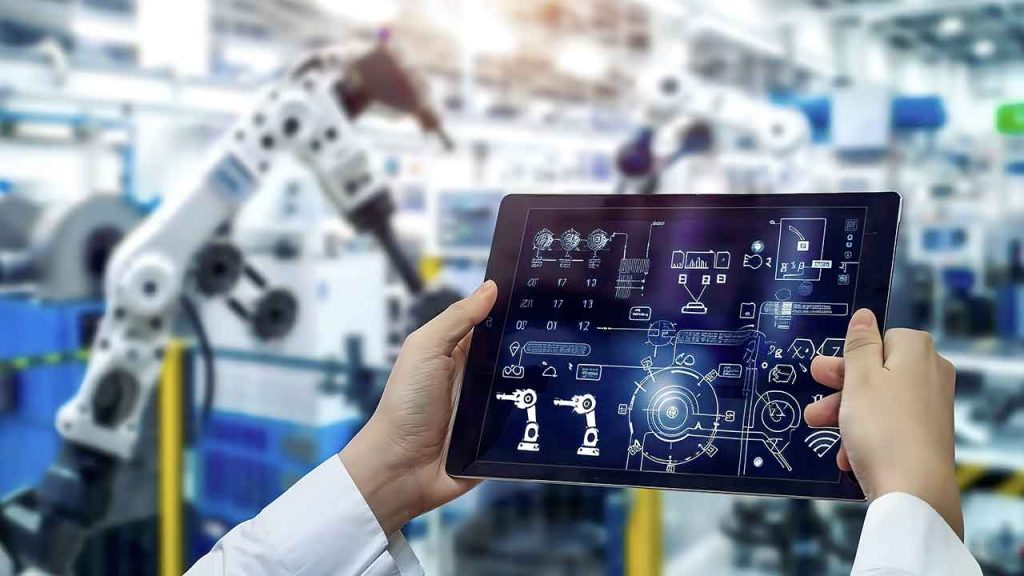Rethinking MES Architecture for the Age of AI and Edge Computing | SPONSORED
At the MES & Industry 4.0 Summit in Porto, Adélio Fernandes, VP of Engineering and Co-founder of Critical Manufacturing, shared forward-looking insights on how MES (Manufacturing Execution Systems) must evolve to meet the needs of today’s data-intensive, AI-driven factories. His perspective highlights a shift from monolithic platforms to flexible, edge-ready architectures designed for speed, adaptability, and industry-specific demands.
Designing for Flexibility from the Ground Up
Modern MES platforms are no longer designed as rigid systems. To serve diverse industries like semiconductors, electronics, and medical devices, architectural flexibility is essential. That means building for scalability, availability, and configuration agility from day one—not retrofitting after the fact.
One approach gaining traction is the use of modular templates layered on a common MES core. This enables manufacturers to meet the specific requirements of regulated or complex sectors without bloating the system or compromising upgrade paths. It’s a model that supports both industry depth and platform simplicity.
MES at the Edge: Faster Response, Greater Resilience
With the proliferation of IIoT, MES capabilities must increasingly operate at the edge. This is especially critical for scenarios requiring real-time interlocking or ultra-low-latency feedback. New-generation MES systems are being built to run across a spectrum of deployment environments—from on-prem clusters to containerized edge nodes.
These architectures support not just local data capture but also intelligent action. Functions like contextualization, rules processing, and even AI-driven decision support are moving closer to the machines—where action matters most.
Preparing for an AI-Driven MES
Artificial intelligence is poised to transform the core of MES. From predictive quality to autonomous workflows, the system must evolve from a data recorder to an intelligent orchestrator.
To do this effectively, MES architectures must be modular enough to integrate emerging AI models while also being robust enough to handle high-frequency, high-volume shop floor data. Future-ready platforms will not only ingest and contextualize data but also enable AI to act on it—securely, transparently, and in real time.
Key Takeaways for Manufacturers
- Build for adaptability: A flexible, modular MES architecture is critical to support fast-changing technologies and sector-specific needs.
- Shift intelligence to the edge: Edge-ready MES enables faster reaction times, improved reliability, and local autonomy.
- Integrate AI as a core capability: AI won’t be a bolt-on—it will be the engine driving efficiency, quality, and decision-making at scale.
As digital maturity advances, manufacturers should assess not just what their MES does—but how it’s built for what’s next.
Sponsored by Critical Manufacturing
About the author
Lucian Fogoros is the Co-founder of IIoT World
Related articles:
